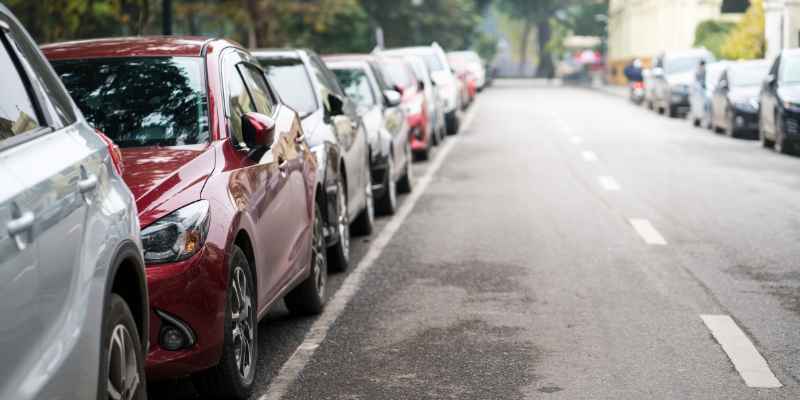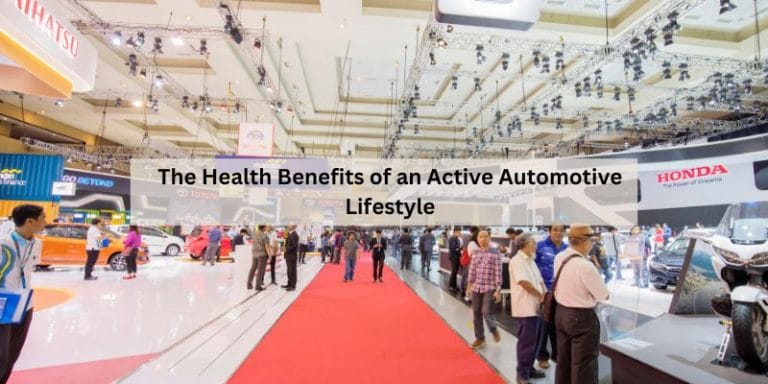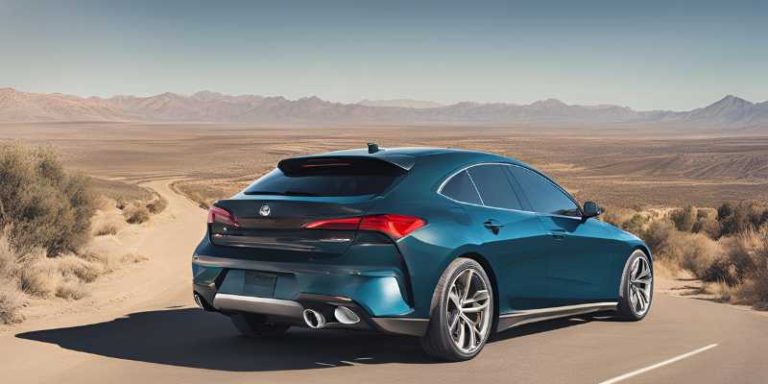Car Ownership And Its Implications on Urban Lifestyle
Car ownership in urban areas significantly impacts lifestyle, mobility, and the environment. Urban dwellers with cars enjoy enhanced freedom, while the increased automobile usage influences urban sprawl and environmental concerns.
The decision to own a car is influenced by socio-economics, demographics, and residential location, shaping the urban landscape. Living in urban areas comes with its own set of challenges and advantages, and car ownership significantly impacts the lifestyle of city dwellers.
The implications of owning a car in urban areas extend beyond personal mobility and convenience, affecting urban sprawl, environmental concerns, and overall societal dynamics. Understanding the multifaceted implications of car ownership in urban settings is crucial for comprehending its influence on modern urban lifestyles.
Introduction To Car Ownership
Car ownership plays a significant role in urban lifestyle, impacting how individuals navigate cities, commute to work, and engage in leisure activities. The decision to own a car is influenced by various factors such as socio-economics, residential location, and personal preferences.
Rise In Car Ownership
The rise in car ownership has reshaped urban landscapes, leading to increased traffic congestion and parking challenges. As more individuals opt for car ownership, cities are facing the implications of accommodating a growing number of vehicles on their roads.
Car Culture In Urban Settings
In urban settings, car culture influences social interactions, with events like car shows and meetups becoming popular among enthusiasts. The presence of cars in cities reflects personal identity and lifestyle choices, contributing to the vibrancy of urban culture.
Economic Impacts
Car ownership has significant economic implications on urban lifestyles, influencing both individual budgets and local economies.
Costs Of Owning A Car
Owning a car involves various expenses such as purchasing, insurance, maintenance, and fuel costs.
- Purchase: Buying a car requires a substantial initial investment.
- Insurance: Monthly premiums add to the overall cost of ownership.
- Maintenance: Regular servicing and unexpected repairs can strain finances.
- Fuel: Fluctuating gas prices contribute to the ongoing cost of driving.
Influence On Local Economies
Car ownership impacts local economies in various ways, affecting businesses and infrastructure development.
- Businesses: Car owners contribute to the economy through vehicle-related purchases and services.
- Infrastructure: Investments in roads and parking facilities are influenced by car ownership rates.
- Employment: Industries like automotive, fuel, and maintenance rely on car ownership for business.
Social Dynamics
When it comes to the social dynamics of car ownership in urban areas, there are several significant implications that impact the way people interact and move within their communities. From shifts in family dynamics to the independence and mobility of teenagers, the presence of cars can reshape the social fabric of urban living.
Shifts In Family Dynamics
The ownership of a car often leads to shifts in family dynamics, as it provides a newfound sense of freedom and flexibility. Families can plan outings and activities more spontaneously, expanding their options beyond the constraints of public transportation schedules. Additionally, car ownership can foster a sense of self-reliance and empowerment within the family unit, allowing for greater autonomy in daily decision-making and mobility.
Teen Independence And Mobility
Car ownership significantly influences the independence and mobility of teenagers. With access to a vehicle, teens have the ability to engage in extracurricular activities, part-time employment, and social gatherings with greater ease. This newfound mobility can contribute to the development of essential life skills and provide teenagers with a sense of autonomy and responsibility as they navigate urban environments.
Urban Planning And Infrastructure
Urban planning and infrastructure play a crucial role in shaping the experience of car ownership within urban areas. The way cities are designed and the infrastructure that supports them directly impact the challenges and opportunities associated with car ownership in urban environments.
Parking And Traffic Management
Effective parking and traffic management are essential for the smooth functioning of urban areas with high car ownership rates. Properly designed parking facilities and strategic traffic management help alleviate congestion and enhance the overall urban experience for both drivers and pedestrians.
Highways And Urban Sprawl
The development and maintenance of highways significantly contribute to urban sprawl, influencing the spatial expansion of cities and their surrounding areas. Well-planned highways can mitigate the negative effects of urban sprawl, while poorly designed ones may exacerbate congestion and environmental challenges.
Environmental Concerns
When it comes to car ownership, it’s crucial to consider the environmental impact, especially in urban areas. The implications of car ownership on urban lifestyle are vast, with a significant focus on environmental concerns.
Pollution And Emissions
Cars are major contributors to air pollution, emitting harmful gases and particulate matter that degrade air quality. The combustion of fossil fuels in cars releases pollutants such as carbon monoxide, nitrogen oxides, and hydrocarbons, which contribute to smog and respiratory issues. Moreover, vehicle emissions are a significant source of greenhouse gases, which contribute to climate change and global warming.
Fuel Consumption And Sustainability
The fuel consumption of cars has a direct impact on urban sustainability. Urban areas with high car ownership often face challenges related to fuel consumption, leading to increased demand for non-renewable resources. This puts a strain on sustainability efforts and contributes to the depletion of finite energy sources.
Public Health Implications
When it comes to the public health implications of car ownership in urban areas, it’s crucial to examine the various factors that contribute to the well-being of the community. From the rise in cardiovascular diseases to accidents and safety issues, the impact of cars on public health cannot be overlooked.
Rise In Cardiovascular Diseases
The sedentary lifestyle associated with car ownership has contributed to a rise in cardiovascular diseases. Increased air pollution and reduced physical activity due to reliance on cars have led to a higher prevalence of heart conditions and related health issues among urban residents.
Accidents And Safety Issues
With the proliferation of cars in urban areas, the risk of accidents and safety issues has escalated. Congestion and traffic jams not only pose safety hazards but also contribute to stress and mental health concerns among city dwellers. Moreover, the potential for pedestrian and cyclist accidents has become a significant concern, impacting the overall safety of the community.
Community And Lifestyle Changes
Owning a car in urban areas brings about significant changes in local communities and lifestyles. Let’s explore the impact of car ownership on community dynamics and the differences between urban and rural lifestyles.
Impact On Local Communities
- Increased Mobility: Cars enable easier access to goods, services, and opportunities, fostering economic growth.
- Social Connections: Residents can engage in more social activities and community events, promoting a sense of belonging.
- Traffic Congestion: Higher car ownership may lead to congestion, affecting local traffic flow and air quality.
Urban Vs Rural Lifestyles
- Urban Living: Car ownership in cities offers convenience but may result in limited parking spaces and higher maintenance costs.
- Rural Living: Cars are essential for rural residents due to limited public transportation options and longer distances between amenities.
- Environmental Impact: Urban areas face challenges with pollution and congestion, while rural areas may experience fewer environmental concerns.
Future Of Urban Car Ownership
The future of urban car ownership is evolving, impacting urban lifestyles. Increased car ownership in cities may lead to changes in mobility patterns and urban infrastructure, shaping how people navigate urban environments and interact with their surroundings. As cities adapt to accommodate more vehicles, the implications on urban living will continue to transform.
Changing Attitudes Towards Cars
The increasing focus on sustainability and the rise of shared mobility options have led to shifting perceptions of car ownership in urban areas.
Alternatives To Car Ownership
With the growth of ride-sharing services, car-sharing platforms, and improved public transportation systems, urban residents now have viable alternatives to traditional car ownership.

Frequently Asked Questions
How Did The Automobile Affect Life In Urban Areas?
The automobile brought about significant changes in urban life. It offered freedom of mobility, allowing people to travel to places previously out of reach. Urban dwellers could now explore the countryside, while rural dwellers gained access to towns and cities.
Car ownership also led to increased independence for teenagers. However, it also led to urban sprawl, parking issues, and environmental concerns. Overall, the automobile had a profound impact on urban areas and the way people lived their lives.
How Did Automobile Ownership Change Their Lifestyle?
Automobile ownership revolutionized lifestyles by enabling freedom of travel, encouraging family vacations, and granting teenagers independence. Urban dwellers rediscovered landscapes, while rural residents gained access to city amenities. However, it also led to urban sprawl, increased air and noise pollution, and disconnected local communities.
What Impact Do Cars Have On Society?
Cars have had a significant impact on society, influencing urban development, mobility, and independence. They have also contributed to environmental and health issues.
How Do Cars Affect Urban Sprawl?
Cars have contributed to urban sprawl by increasing automobile usage and requiring changes to accommodate parking. The rise of suburbs and interstate highway systems have also led to a decline in urban population centers and the urban economy.
Conclusion
Owning a car in urban areas has both positive and negative implications on lifestyle. While it provides freedom and mobility, it also contributes to environmental pollution, traffic congestion, and urban sprawl. As we continue to navigate the challenges of urban living, it’s important to consider the impact of car ownership on our cities and communities.
By making conscious choices about transportation and advocating for sustainable urban development, we can work towards a more livable and equitable future.




